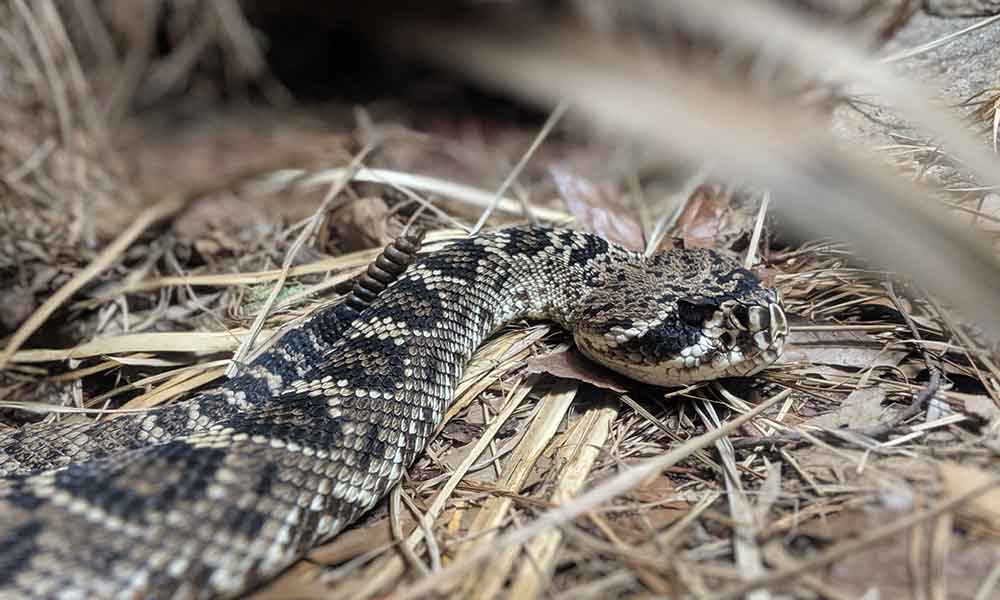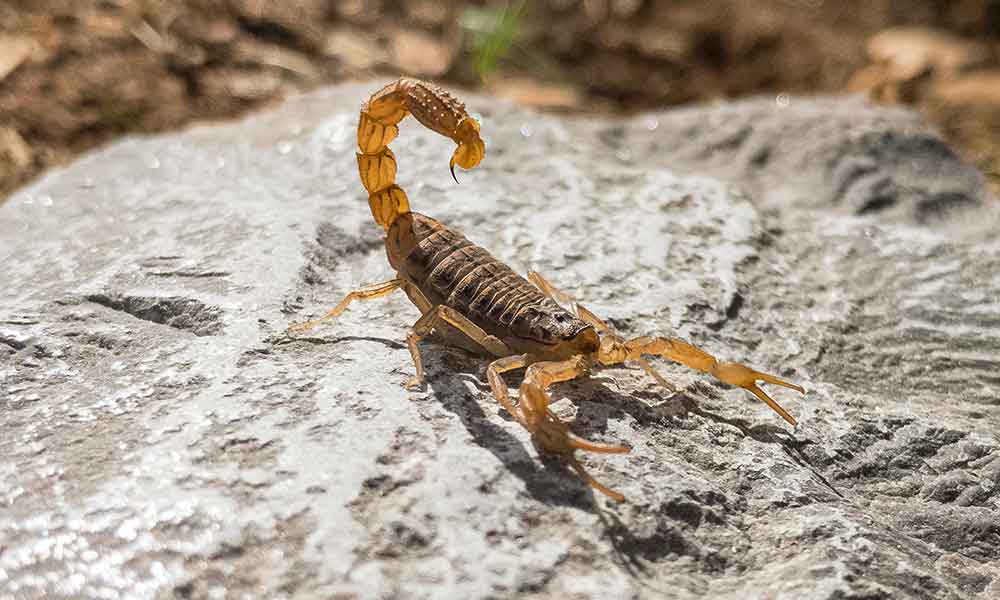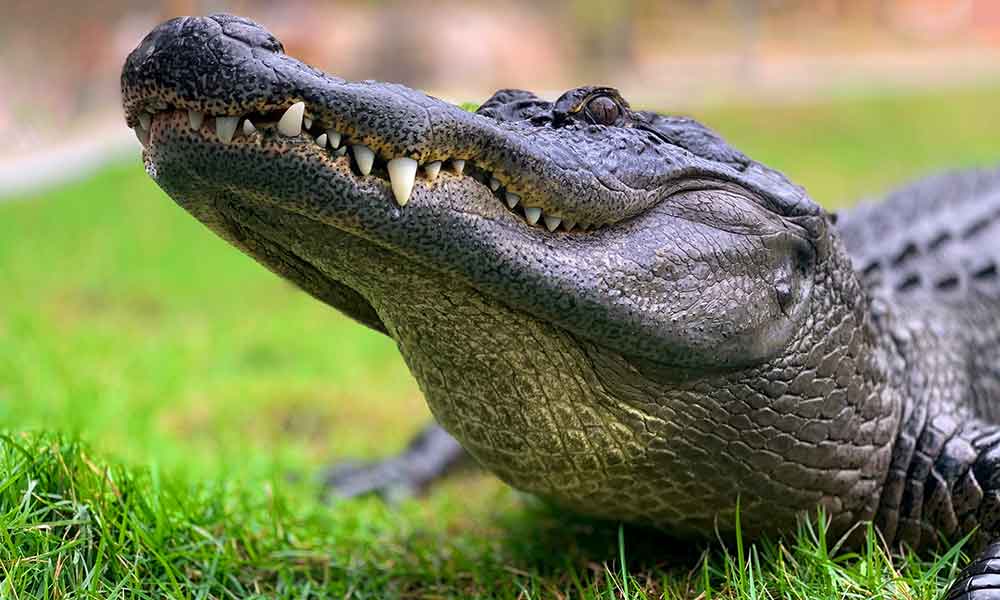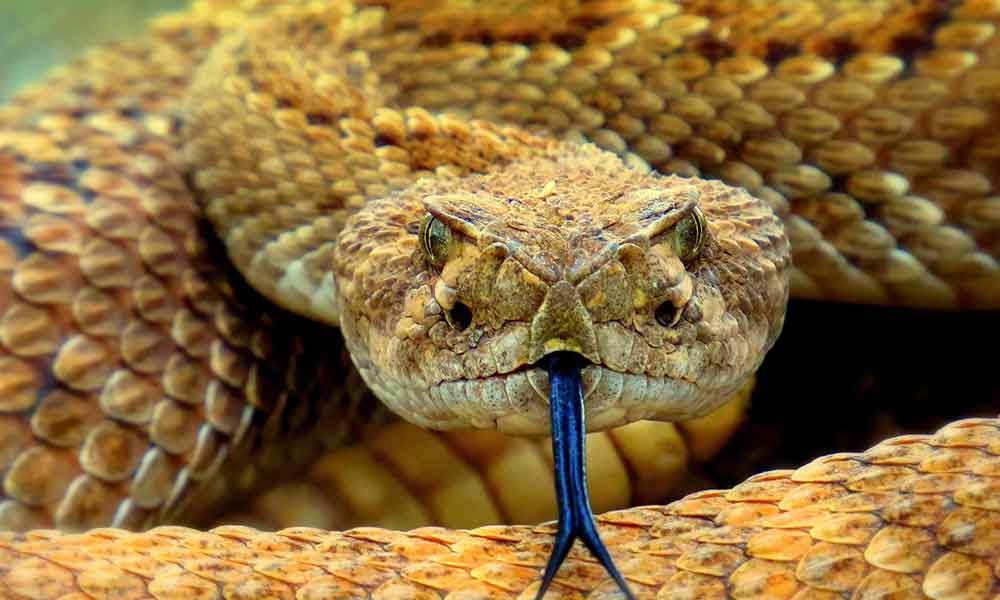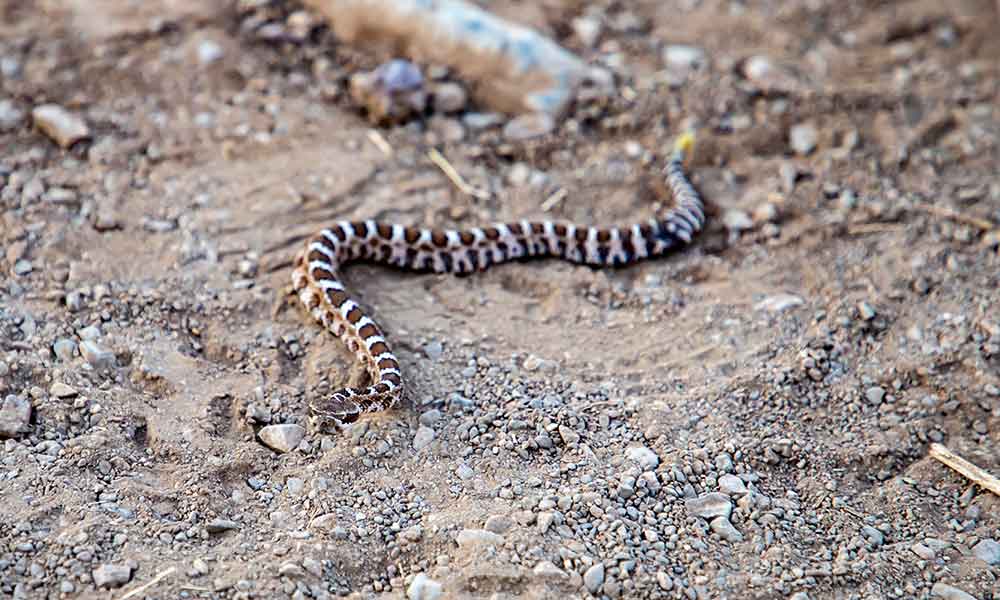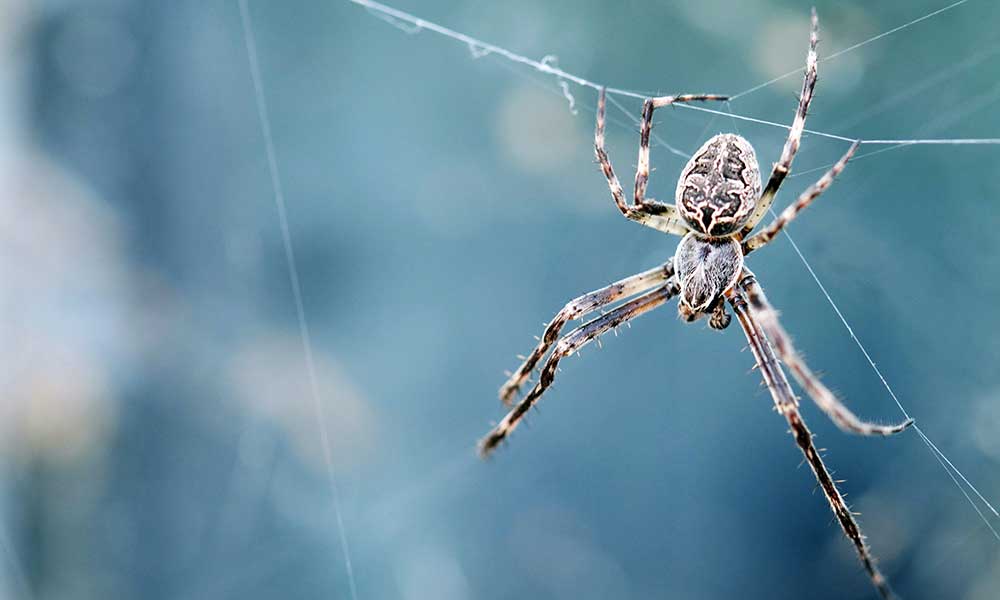There are over 110 different snake species in North America and over 3,000 snakes around the world. They can be found in most environments, including deserts, forests, prairies, and even watery areas. It’s bad news if you’re scared of these creatures, but for everyone else, it’s just one of the many fascinating facts about snakes.
How Many Types of Snakes are There in North America?
There are over 110 snake species in North America, more than 50 of which can be found in the United States.
These snake species are separated into several broad categories, including:
Leptotyphlopids
Also known as slender blind snakes and thread snakes, Leptotyphlopidae is a primitive family of snakes that exist across two subspecies. These snakes are typically no more than 30cm in length and feed primarily on termites and ant larvae. They drain the contents of the insect bodies and leave the exoskeletons.
Most of these snakes can be found in Africa, but they are also located in the southwestern United States.
Leptotyphlopidae Snake Species in North America
- Western Blind Snake
- Texas Blind Snake
Colubrid
Colubridae is the largest family of snakes. The name actually comes from the Latin for “snake”. This is typically not a venomous species, and of the ones that do have venom, most don’t have enough to cause harm.
Also known as “typical snakes”, these medium-sized snakes are often categorized as either Natricinae or Colubrinae and include water snakes and garter snakes.
Colubridae Snake Species in North America
- Longnose Snake
- Smooth Green Snake
- Brown Snake
- Northern Water Snake
- Southern Water Snake
- Mississippi Green Water Snake
- Prairie Kingsnake
- Racer
- Glossy Snake
Boids
The Boidae family of snakes includes the world’s largest snakes. There are over one hundred boidae snake species around the world, but only two of them can be found in North America.
Boidae Snake Species in North America
- Rubber Boa
- Rosy Boa
Elapids
Also known as cobras, these snakes are thought to have evolved from the Colubrid family. They have fangs in the front of their mouths and are typically much more dangerous. In fact, this species includes some of the world’s most venomous snakes, including cobras, sea snakes, and mambas.
Elapidae Snake Species in North America
- Yellow-Bellied Sea Snake
- Eastern Coral Snake
- Western Coral Snake
Vipers
Vipers have an advanced venom delivery system. They have hinged tubular fangs in the front of their mouths that can be folded away when not in use.
All snakes in the rattlesnake species are vipers and they are also native to the United States, with all but two species found in either the United States or Mexico.
Viper Snake Species in North America
- Copperhead Snake
- Cottonmouth Snake
- Sidewinder
- Timber Rattlesnake
- Lower California Rattlesnake
- Western Diamondback Rattlesnake
- Eastern Diamondback Rattlesnake
- Timber Rattlesnake
What is the Most Poisonous Snake in North America?
The eastern diamondback rattlesnake has been called the most venomous snake in North America. It is the largest of all the continent’s venomous snakes, making it one of the most feared.
If you are bitten by an eastern diamondback rattlesnake, there is a 30% chance you will die.
What Other Poisonous Snakes Are in North America?
The cottonmouth snake, timber rattlesnake, prairie rattlesnake, and tiger rattlesnake are also highly venomous species of snake.
Other snakes to look out for include the Mojave rattlesnake, whose bite is often fatal if left untreated; the western diamondback rattlesnake, which has a weak venom that it delivers in large quantities, and the eastern coral snake, which is rarely seen and incredibly deadly.
Which US States Have Venomous Snakes?
You can find at least one native species of venomous snake in every state bar three: Alaska, Rhode Island, and Hawaii. Alaska and Hawaii are the only two states to be completely free of native snakes.
“Native” is the key word here, as you can still find snakes in Hawaii, including the venomous yellow-bellied sea snake and the non-venomous Brahminy blind snake.
To ensure that snakes aren’t introduced to the islands where they could harm its delicate ecosystem, there are hefty fines and even prison time imposed on anyone found to be importing the creatures.
As for Alaska, you’re even less likely to encounter snakes. Reptiles in general are absent from the state. But before you book the next flight to The Last Frontier, it’s worth remembering that Alaska is home to the country’s most dangerous bears, as well as wolves, wolverines, and spiders.
What is a Fear of Snakes Called?
A fear of snakes is known as “Ophidiophobia”, which comes from the Greek words for “serpent” and “phobia”. It refers to a fear of reptiles in general, and not just snakes.
How are Snake Bites Treated?
If you or someone in your party is bitten by a snake, you should call the emergency services immediately. Even “harmless” snake bites can cause problems due to allergic reactions and while a venomous bite is treatable, the chances of success diminish for every hour that you don’t receive adequate care.
While waiting for emergency care, you should wash the bite wound with soap and water and keep it below the heart. Ease swelling, remove any jewelry from the area (in case it swells), and monitor heart rate and breathing.
You should also record the time of the bite and the type of animal, if possible. You don’t need to catch the snake and keep it with you (swinging around a recently deceased snake isn’t going to win you any favors with the paramedics), but you should note its coloration, size, and any other details you deem to be relevant.
Some of the symptoms of a venomous snake bite include:
- A bloody discharge at the site of the wound
- Severe pain
- Wound discoloration
- Enlarged lymph nodes
- Burning sensation
- Light-headedness and fainting
- Blurred vision
- Excessive bleeding (inability to form blood clots)
- Fever and excessive sweating
- Increased thirst
- Loss of muscle coordination
- Numbness
- Tingling
- Breathing difficulties
- Altered mental state
- Shock
- Paralysis
Contrary to what you might have heard, you should never try to suck out the venom or apply a tourniquet.

